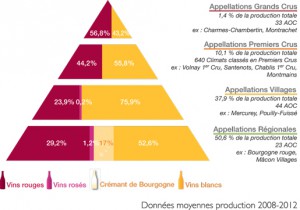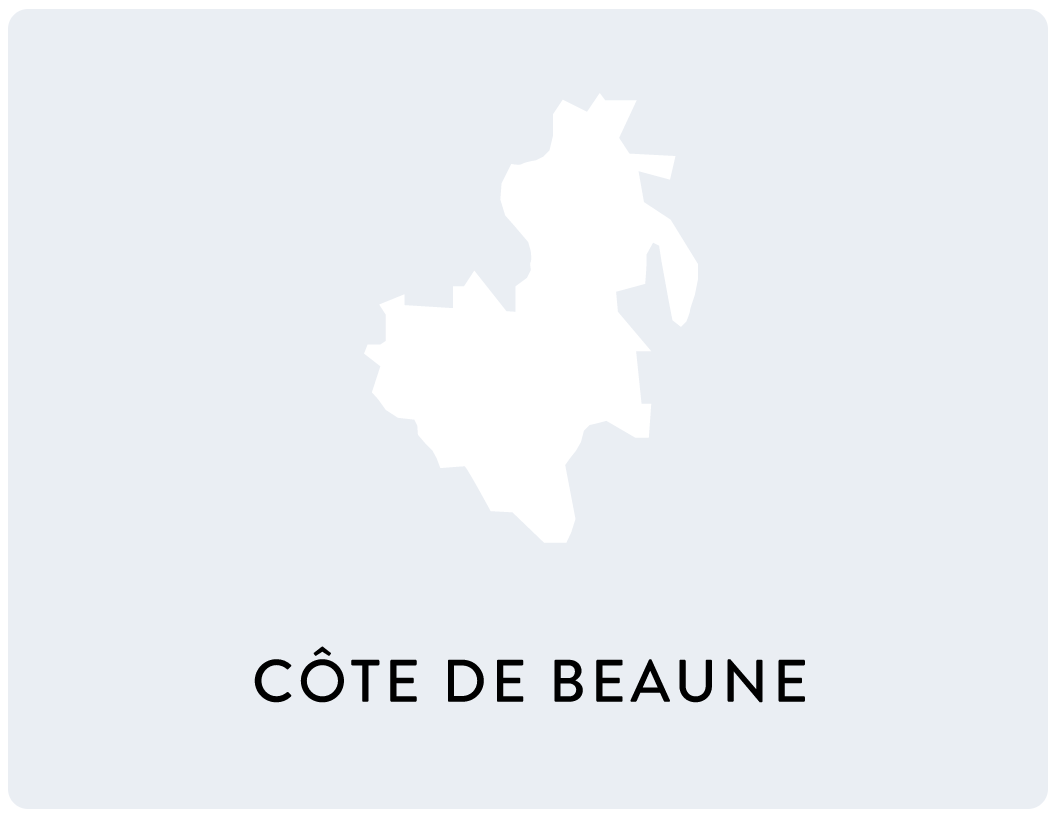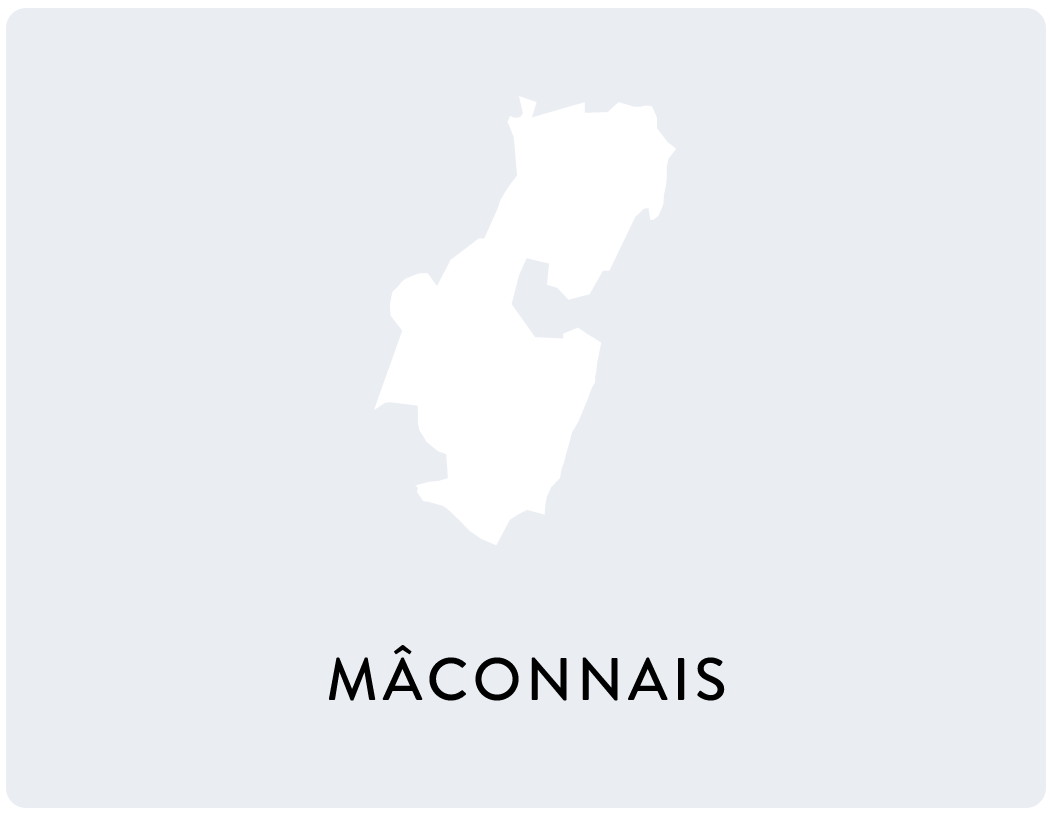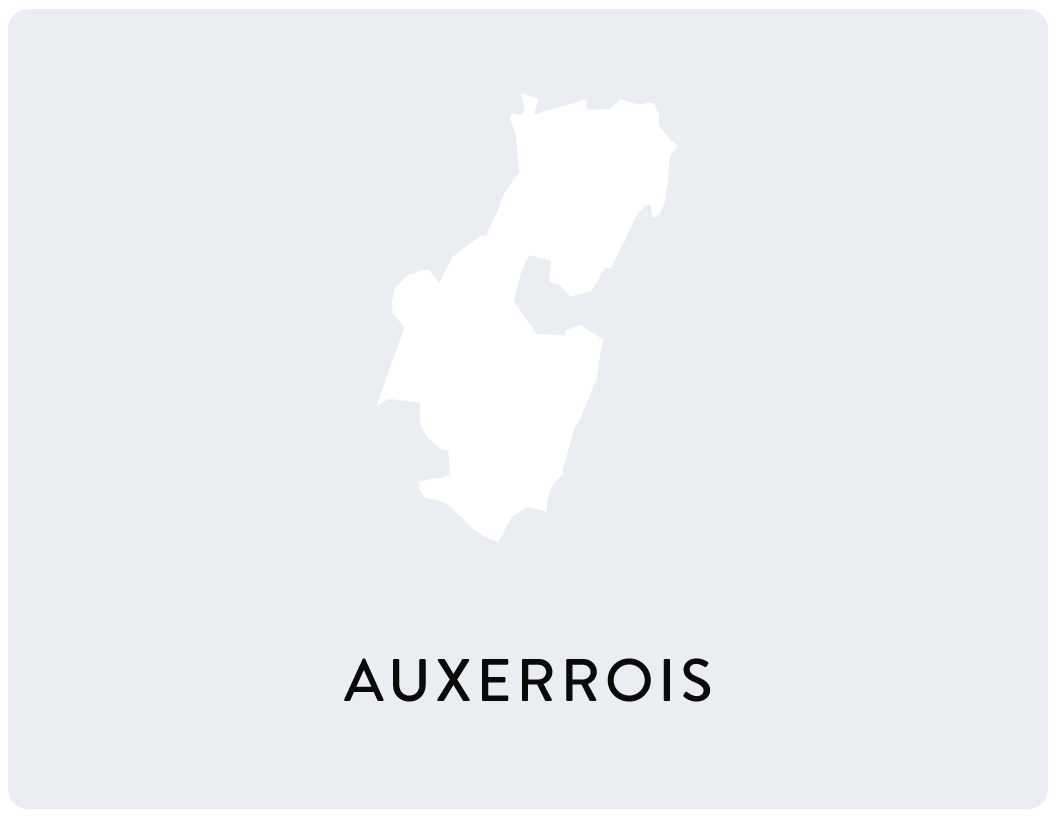RATING ⭐⭐⭐⭐⭐ - DELIVERY BY UPS
The vines of Chablis and Grand Auxerrois benefit from a semi-continental climate. In summer, the sun is present with strong heat. Unlike long and harsh winters.
Chablis is the land of predilection for Chardonnay, it is composed of Kimmeridgian and limestone soil with fossilized Jurassic shells. In the Mâconnais mainly limestone soil.
From the 12th century, the monastic vineyards experienced development thanks to the Benedictines of Auxerre and Vézelay and the Cistercians in Chablis.
The first and grands crus of Chablis are part of the Chablis vineyard off the Côte-d'Or in the department of Yonne (89), they are appellations of controlled origin of Burgundy.
When making this wine, we exclusively use the Chardonnay grape variety, locally called Beaunois. The wines produced are white, limpid, fragrant and lively.
In Burgundy, the different plots determine a regional, municipal, premier cru and grand cru appellation depending on their geographical location.
In order to better navigate, its 83 appellations have been divided into 4 levels :
The term climat designates the parcels of land in Burgundy. This word takes into account the know-how of the winegrowers, the geological characteristics, the particular exposures and each plot is delimited precisely.
The Chablis grand cru appellation was created in 1938, it covers 103 hectares of vines, located on the right bank of the Serein.
Today the Chablis grand cru appellation is divided into seven climates grouped together on the same hill :
=> Previously, the climat La Moutonne belonged to the monks of the Abbey of Pontigny.
This climat is not classified in the Chablis Grand Cru appellation but it is recognized by the I.N.A.O. It covers 2 hectares of vines mainly in Vaudésir and partially in Les Preuses (both grands crus). Nowadays, the wines produced by this climate are marketed under the AOC Chablis grand cru.
The AOC Chablis premier cru area covers 776 hectares of vines, located on both banks of the Serein, the premier crus surround or face the grands crus.
Here is the list of climates (localities) classified as Premier Cru :
The first and grands crus of Chablis are born in the most prestigious climates, in general the vines are located between 230 and 280 meters above sea level and have varied exposure.
For the grands crus of Chablis, the best exposure is obviously south, south-east or south-west, the slopes benefit from very favorable grounds and are composed of limestone (Kimmeridgian soil).
The Kimmeridgian marls have very compact layers of limestone as well as clayey marls containing an abundance of fossilized marine organisms, in this case tiny oysters (exogyra virgula). These marine sediments brought in by the sea 150 million years ago give us the typicity of the great wines of Chablis.
Most of the soils of the premiers crus of Chablis are particularly rich in fossil oysters, stony, marly and limestone, the soil of the vine allows to express the identity of the wine.
Some examples :
The Chardonnay grape used during the production of Chablis reveals a limpid wine, on the nose a perfumed bouquet, marked by mineral notes (flint, gunpowder, etc.), white flowers, fresh fruit, dried fruits, vegetable nuances and aromas of acacia honey. On the palate, a wine of finesse with body and remarkable freshness on the finish.
***
Chablis grands crus are more fleshy, over time we feel more the mellowness of the wine, more intense aromas, the sensation of liveliness, tension and a surprising length in the mouth.
***
Several climates of the Chablis Premier Crus are more famous such as :
As a general rule, the premiers and grands crus of Chablis offer wines with a good aptitude for aging from 10 years up to 20 years for some like the Chablis grand cru Les Clos. We recommend tasting them between 12 and 14 ° C.
The wine will go very well with a seafood platter, fish in sauce, white meats such as poultry, sweetbread. For exceptional pairings, foie gras will go perfectly with Chablis grands crus.
Nice tasting to you !

The wines of Chablis are of remarkable finesse and great minerality.

Petit-Chablis reveals a nose with aromas of citrus and flowers, light and pleasant.

This appellation offers red wines with fruity aromas with fine tannins.

An expressive white wine, well balanced, fruity and a frank attack.








